
The Maruishi Emperor has been a popular line of touring bicycles in Japan since at least the 1970s. The Emperor line covers a number of different models, but like the Maruishi brand itself, there is little information on them available in English. After much research, I have identified it as an RE-C-A “Camper” model, released in 1976. It caught my eye as a frame set on Yahoo Japan auctions, as the triple-triangle style of frame design is uncommon, even in Japan. After it arrived in my shop and sat for a few months, I built it up using period-correct parts that came from a Zunow KYGM I am restoring. Read on to learn more about this bike, along with some history of Maruishi.
The frame is 53cm in both the seat tube (center-to-top) and the top tube (center-to-center) with a lovely pink metallic finish that’s been touched up in numerous spots. While I sometimes repaint frames with worn finishes, this one captures the Japanese concept of “wabi-sabi” and gives a warm feel rather than a worn-out one.
One interesting detail is that, unlike any other bike I’ve ever seen, the rack mounts do not use threaded holes to screw a bolt into. Instead, the bolt is brazed directly to the frame, facing outwards, with a nut that covers them when not in use. Not the optimal solution, as shown by the fact that one of the mounting bolts on the rear triangle was broken off. I cleaned it up, then drilled out the base and tapped it for an M6 bolt. Then I threaded a new nut and bolt in as a repair.
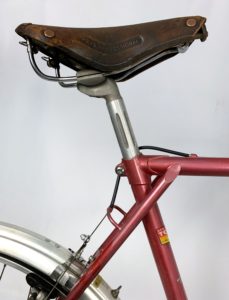 The triple-triangle design (a style of frame where the seat stays cross over the seat tube to connect with the top tube) is inspired by the French “campeur” style of bicycle, intended for touring on paved or unpaved roads. It can carry a substantial load for long unsupported trips, with the triple-triangle intended to help keep the rear-end stiff when carrying multiple panniers and other luggage. It’s designed with a long wheelbase, many rack-mount points, and a low-trail fork. It was originally sold with front and rear racks, as well. Many of the major Japanese bike manufacturers offered triple-triangle campers in the late 70s / early 80s. There’s even a Miyata-made, Eddy Merckx branded triple-triangle tourer!
The triple-triangle design (a style of frame where the seat stays cross over the seat tube to connect with the top tube) is inspired by the French “campeur” style of bicycle, intended for touring on paved or unpaved roads. It can carry a substantial load for long unsupported trips, with the triple-triangle intended to help keep the rear-end stiff when carrying multiple panniers and other luggage. It’s designed with a long wheelbase, many rack-mount points, and a low-trail fork. It was originally sold with front and rear racks, as well. Many of the major Japanese bike manufacturers offered triple-triangle campers in the late 70s / early 80s. There’s even a Miyata-made, Eddy Merckx branded triple-triangle tourer!
In their official company history, Maruishi claimed to be the first bicycle company in Japan, importing high-wheel “penny farthing” bicycles from England in 1884. It was founded by a Mr. Ishikawa as Ishikawa Shokai and renamed Maruishi Shokai in 1918. Some speculation I read online suggested that the “Maruishi” name is a concatenation of two founders’ names, “Maru” and “Ishi”. One can assume the “Ishi” is from Ishikawa, but the identity of Mr. “Maru” remains a mystery.
As noted in their 1984 catalog for the USA market, “Maruishi’s symbol mark, the Kangaroo, had the same meaning as ‘bicycle’ in the past. It came from a story that an old British gentleman, wearing a swallow-tailed coat, riding on a dated bicycle looked like a Kangaroo running in the field. Now the “Kangaroo” represents Maruishi’s policy TO REMAIN ONE JUMP AHEAD OF OUR COMPETITORS.”
The catalog blurb goes on to claim an annual capacity of one million bicycles, with 15 offices and 4 factories in Japan, and one wholly-owned USA subsidiary. The USA division of the company designed their own bicycles for the American market, so most Maruishi bicycles found in the States will not resemble their Japanese-market counterparts. They also manufactured “white label” frames for American distributors to sell under their own brands, including Nashbar and Jamis.
Maruishi continued doing business into the 2000s, but unfortunately went bankrupt in 2004 due to corporate malfeasance that resulted in the arrest and prosecution of CEO Yoshio Yagi. After the company’s assets were liquidated, they resurfaced in 2006 as a subsidiary of the Chinese-owned Tianjin Fushida Bicycle Co. They continue to make the venerable Emperor line, along with other models, and can be found at www.maruishi-cycle.com.
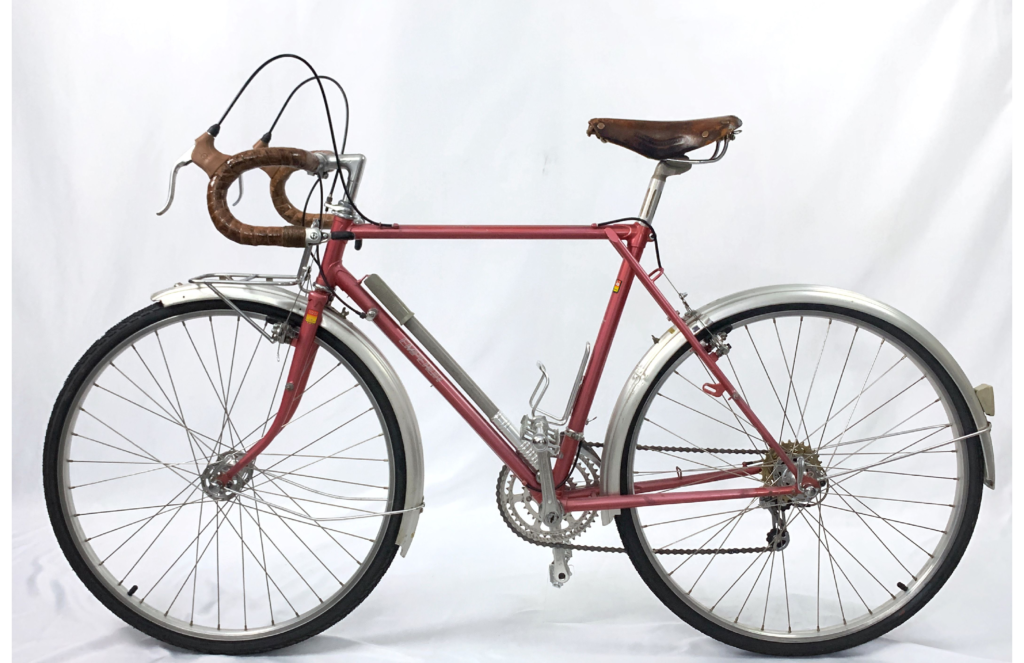
In rebuilding this bike, I chose derailleurs from the venerable Shimano Deore touring group. The Deore line would go on to revolutionize the bicycle industry and set the benchmark for mountain bike components for decades, but in the pre-mountain bike days, it was originally envisioned for touring use. I love the solid design lines, reliable shifting, and most of all the little bits of early 80s “flare” in the form of the blue triangle logos. Suntour ratcheting bar-end shifters, a new-old-stock gold Suntour Winner freewheel, and a Sugino Super Maxy 50.4 crankset finish the drive train.
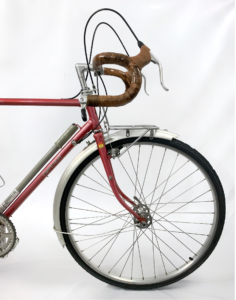 The handlebars are wrapped in cork tape and finished in hemp twine, which I then covered in several coats of shellac. This time, I tinted the shellac with a little bit of brown shoe polish. It didn’t exactly have the result I expected; the polish didn’t completely mix with the shellac, giving the finish a sort of marbled look. I liked the end result, as it matches the finish of the Brooks saddle well. The cantilever brakes and brake levers are Dia-Compe, standard issue on all Japanese bikes of this era. It uses an uncommon-sized 26.4mm seatpost, which took me a while to find a properly nice example of for the build.
The handlebars are wrapped in cork tape and finished in hemp twine, which I then covered in several coats of shellac. This time, I tinted the shellac with a little bit of brown shoe polish. It didn’t exactly have the result I expected; the polish didn’t completely mix with the shellac, giving the finish a sort of marbled look. I liked the end result, as it matches the finish of the Brooks saddle well. The cantilever brakes and brake levers are Dia-Compe, standard issue on all Japanese bikes of this era. It uses an uncommon-sized 26.4mm seatpost, which took me a while to find a properly nice example of for the build.
The ride is very smooth and plush, as it rolls over rough roads with its wide Araya 650A wheels. I attribute a lot of the ride characteristics to the heavier gauge of tubing this bike uses. It’s not for “weight weenies” but in my previous experience with a similar French 650B bike, this makes for a great commuter and of course, gravel and touring bike. Once up to speed, the weight of the bike provides extra inertia while absorbing road vibrations well.
The wide gearing options on the Super Maxy crankset make it a great climber or hauler, and it has an appropriately tiny “granny gear” for when you’re inching up a steep mountain pass. It makes for a great urban bike as well as for weekend cyclo-camping trips.
This bike, along with the Bridgestone Eurasias, has rekindled my love of vintage Japanese touring bikes. Their French-inspired designs, thoughtful components, and fun 1970s throwback vibes continue to fascinate me. In researching this bike, I compiled a cool little collection of photos and info on other triple-triangle design Japanese bikes of the same era. I’ll post them up soon in another article. Check out the photo gallery below with many more close-ups, and let me know in the comments what you think!

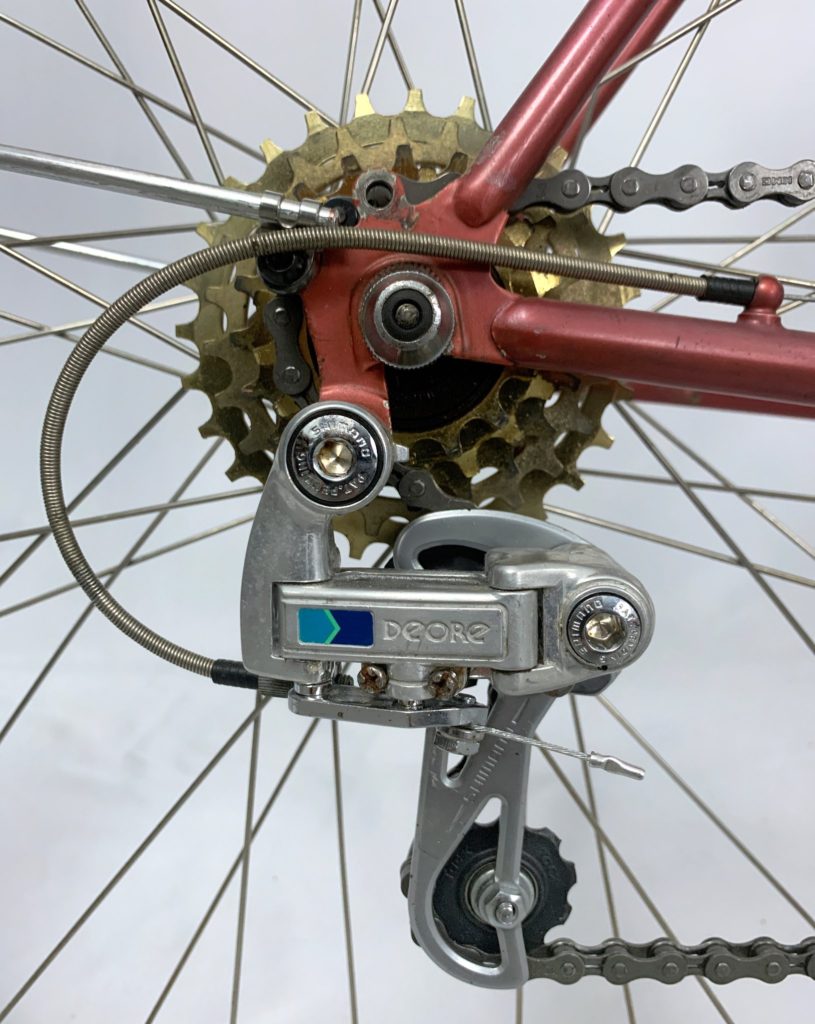
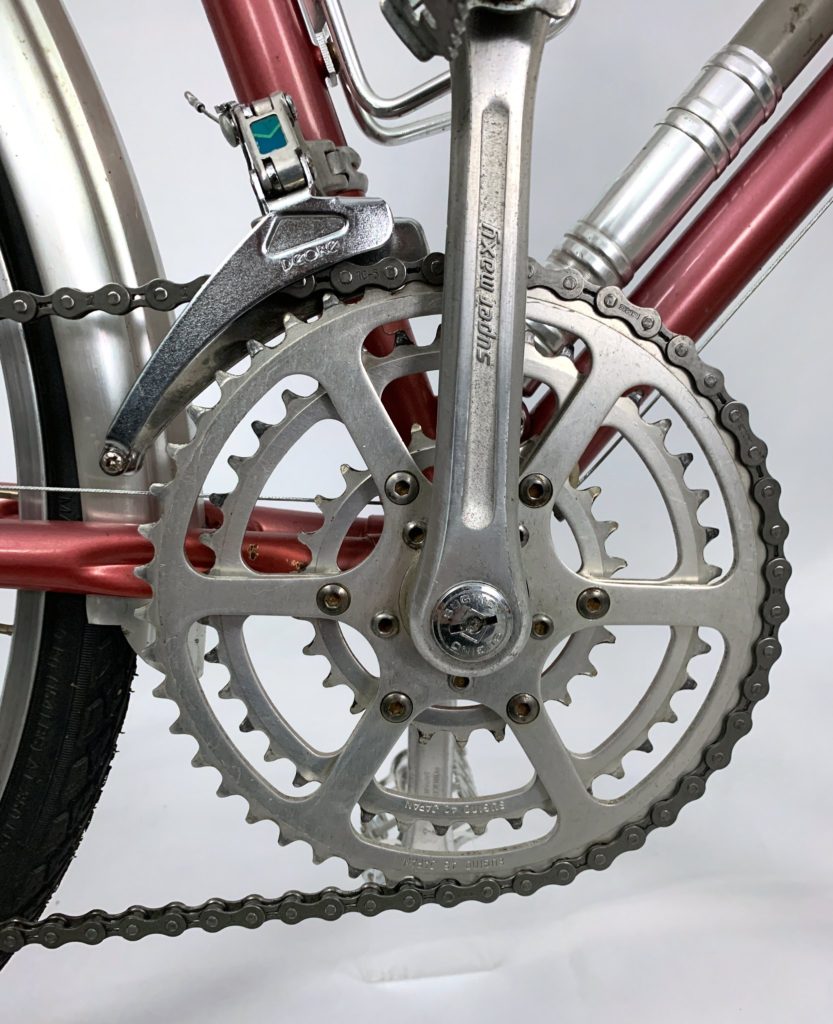

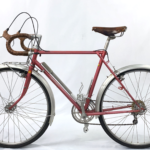
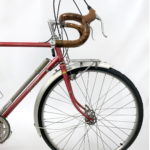
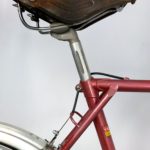
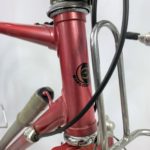
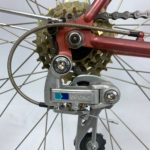

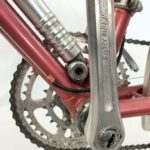

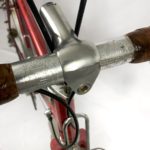
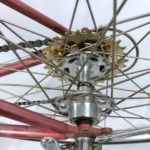

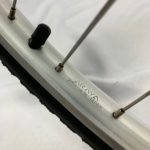

Pingback: Zunow KYGM 650B Randonneur | djcatnap.com